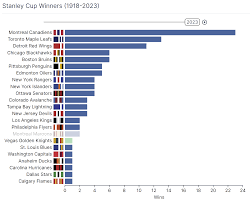All About the AHL: American Hockey League Insights

Introduction to the AHL
The American Hockey League (AHL) serves as a critical development ground for professional ice hockey players. Established in 1936, the AHL has become known as the primary development league for the National Hockey League (NHL), with over 30 NHL teams having affiliations with AHL clubs. As we delve into its significance, it becomes clear that the AHL has not only shaped the careers of countless athletes but has also played a vital role in enhancing the sport’s popularity across North America.
Recent Developments in the AHL
As of 2023, the AHL has seen various changes and adaptations in response to the evolving landscape of hockey. The league currently features 32 teams, mirroring the number of NHL organizations. This expansion allows for a more extensive talent pool and gives opportunities for young players to develop in a competitive environment. Recent events have highlighted some notable trends:
- Post-Pandemic Recovery: Following disruptions caused by the COVID-19 pandemic, the AHL has successfully reinstated a regular schedule and resumed fan attendance, which are crucial for both team revenues and community support.
- Increased Player Movements: The season has also been marked by more frequent call-ups and demotions between AHL and NHL teams, as franchises evaluate their rosters and integrate new talent into their systems.
- Women in the AHL: The AHL has taken steps towards inclusivity, highlighted by the presence of female coaches and managers that continue to break through in what has historically been a male-dominated environment.
Significance for Players and Fans
The AHL also plays a pivotal role for fans by offering an accessible and exciting hockey experience. Many fans appreciate the intimate atmosphere of AHL arenas, where they can watch rising stars up close and personal. For players, the AHL is a proving ground that not only enhances their skills but also prepares them for the rigorous demands of the NHL.
Conclusion
The future of the AHL looks promising as it continues to strive for growth and excellence. With a focus on player development, diverse representation, and engaging fan experiences, the league remains significant within the larger framework of professional sports. As the AHL evolves, it will undoubtedly keep shaping the future stars of hockey, while providing fans with thrilling moments on the ice.








